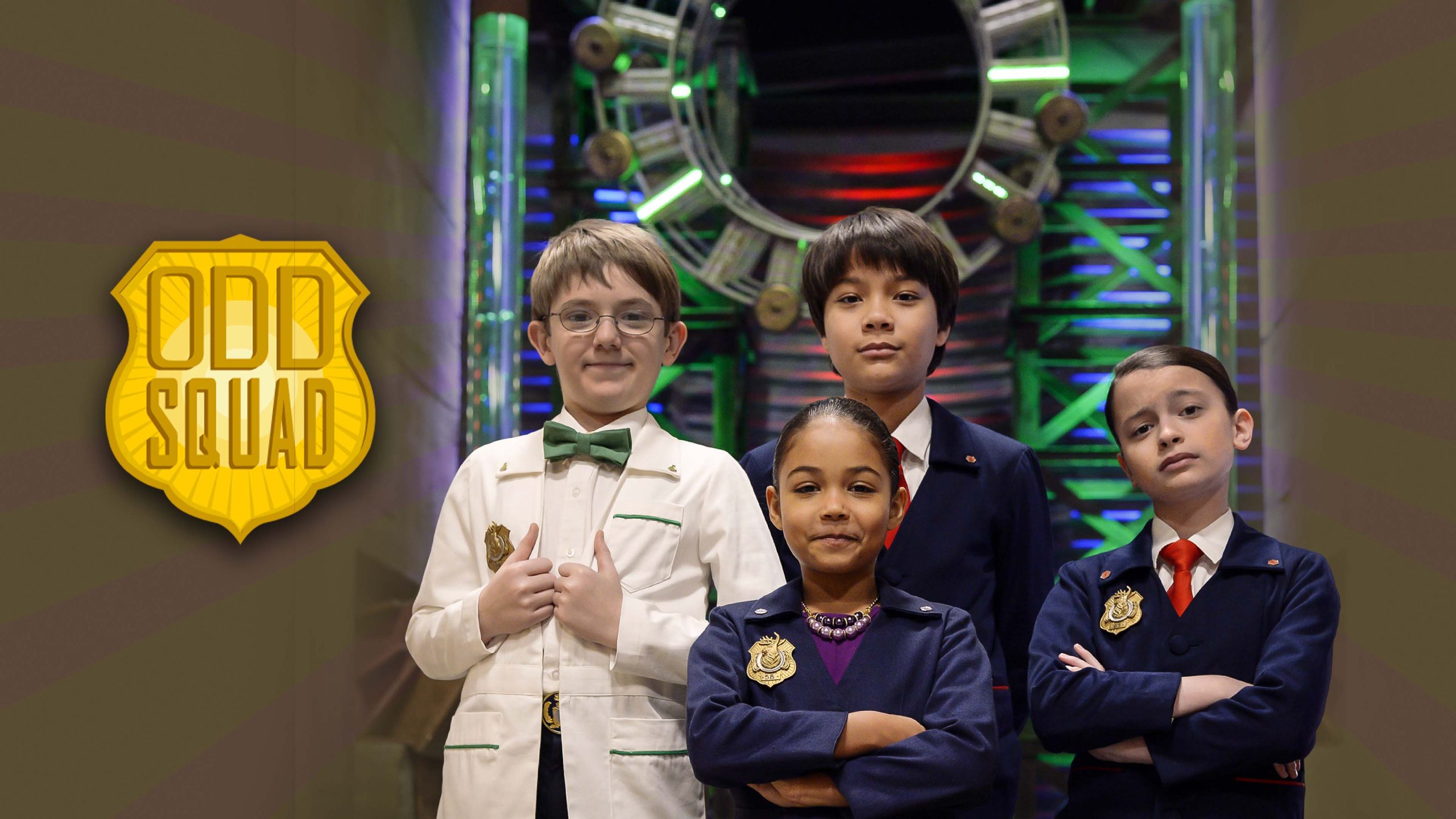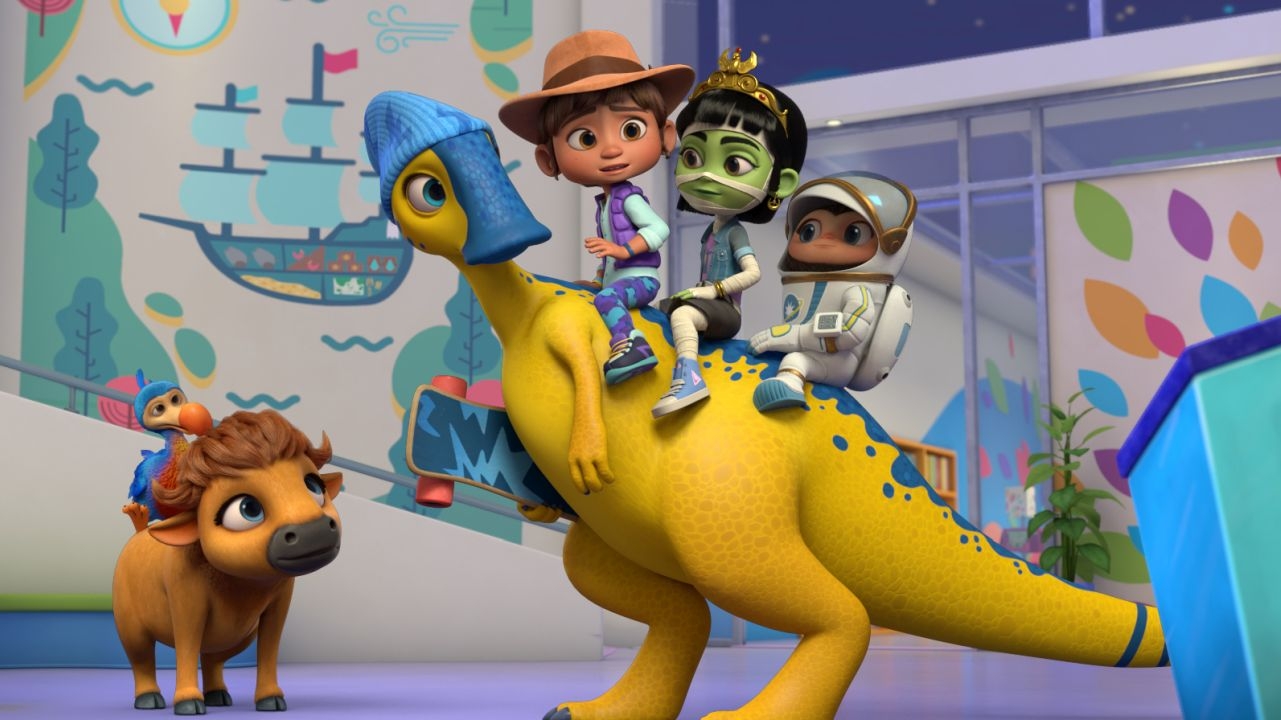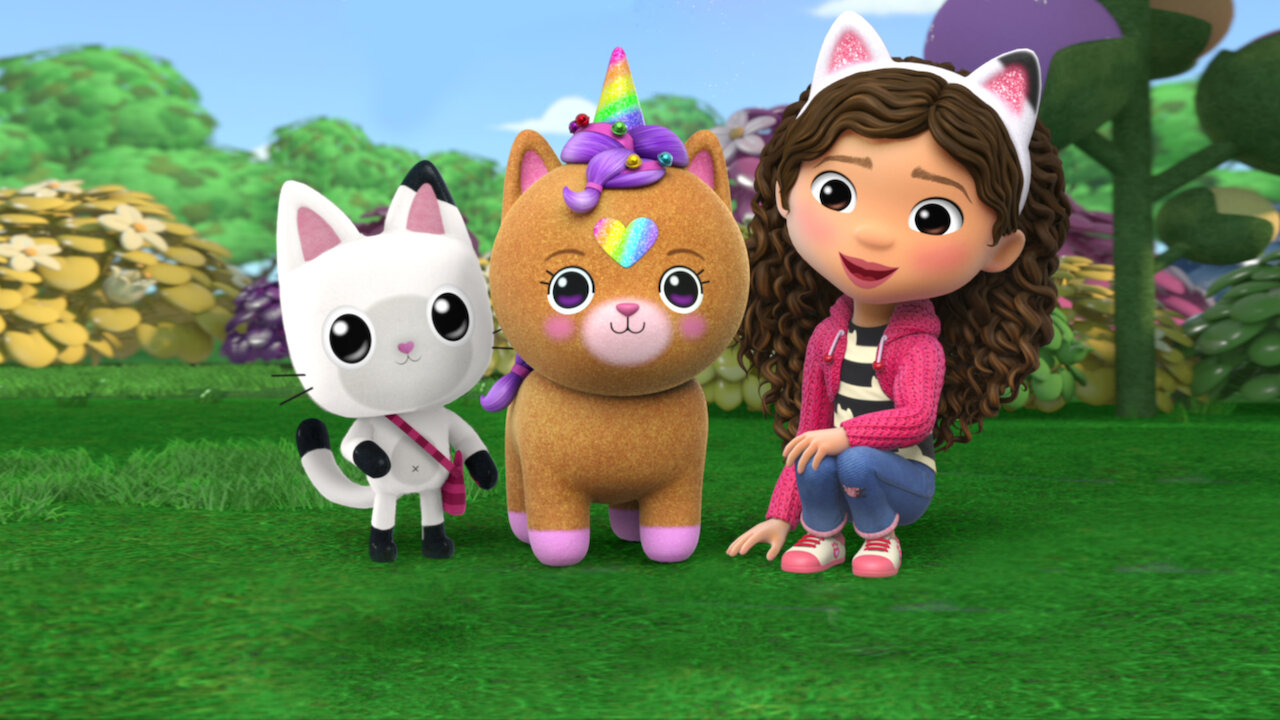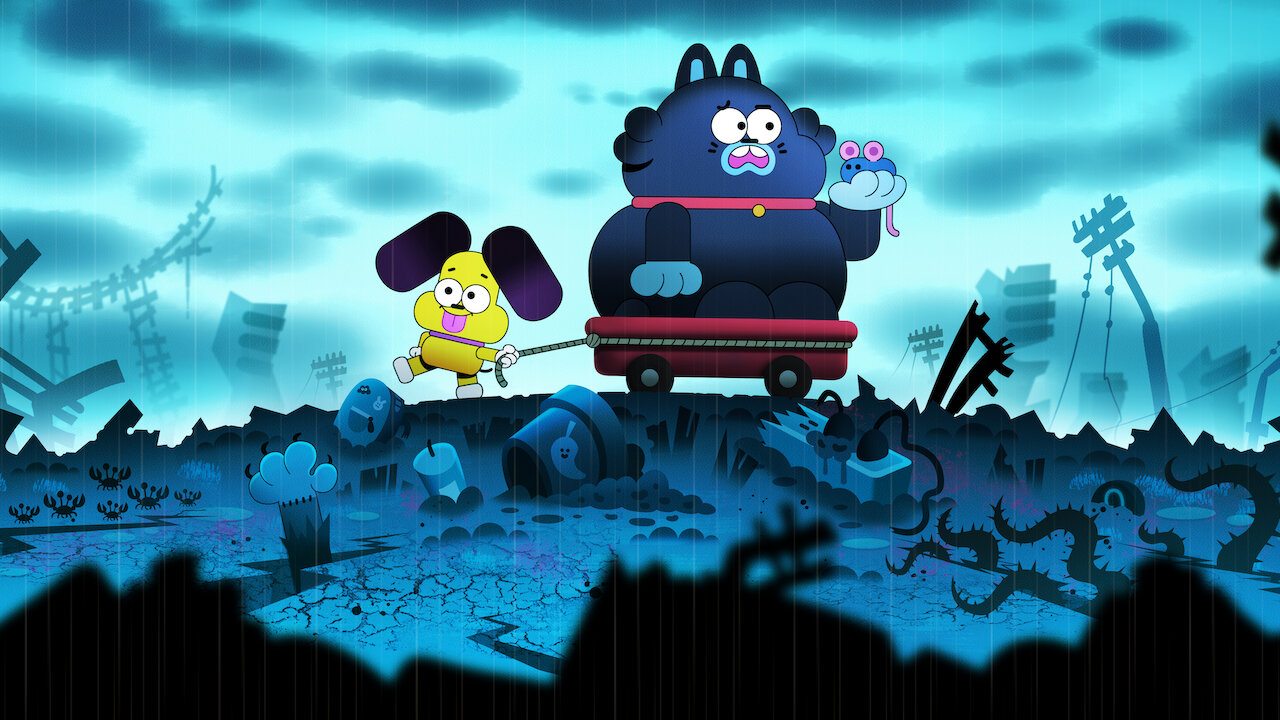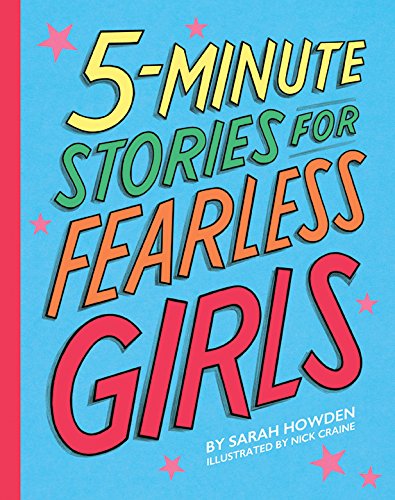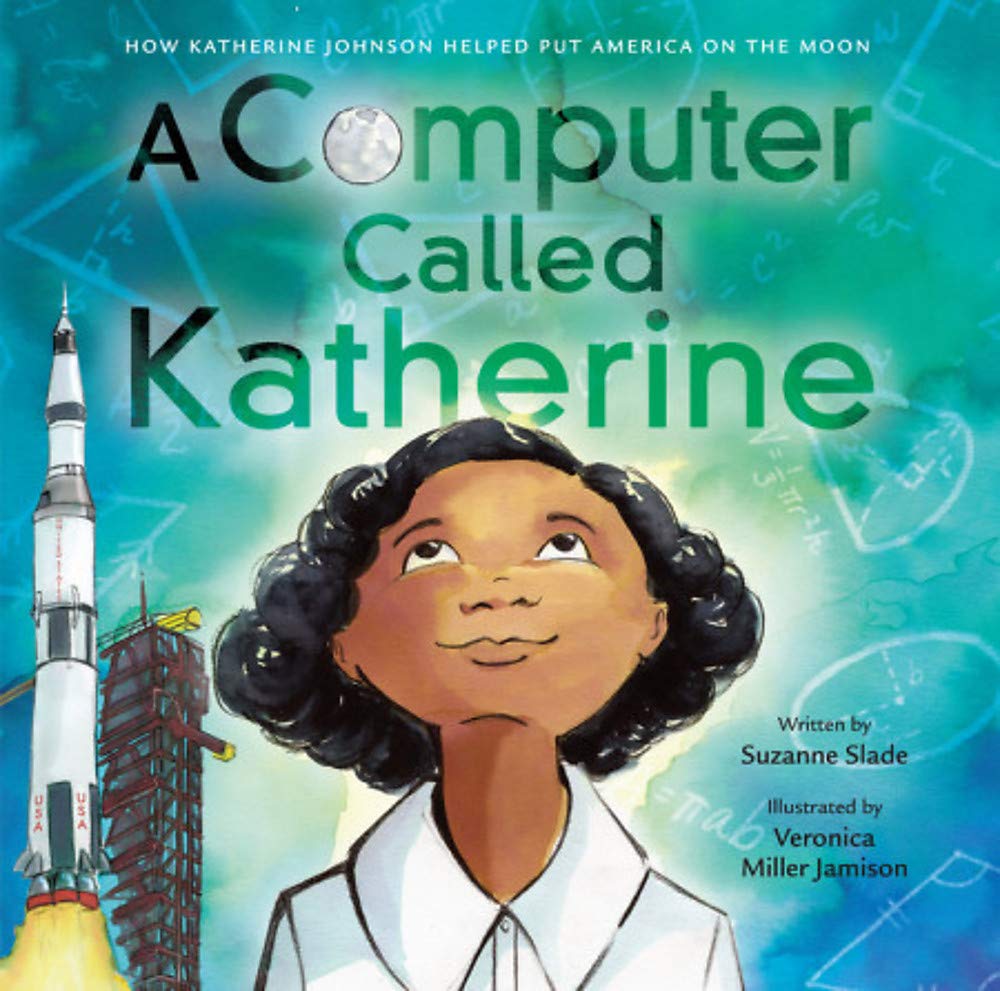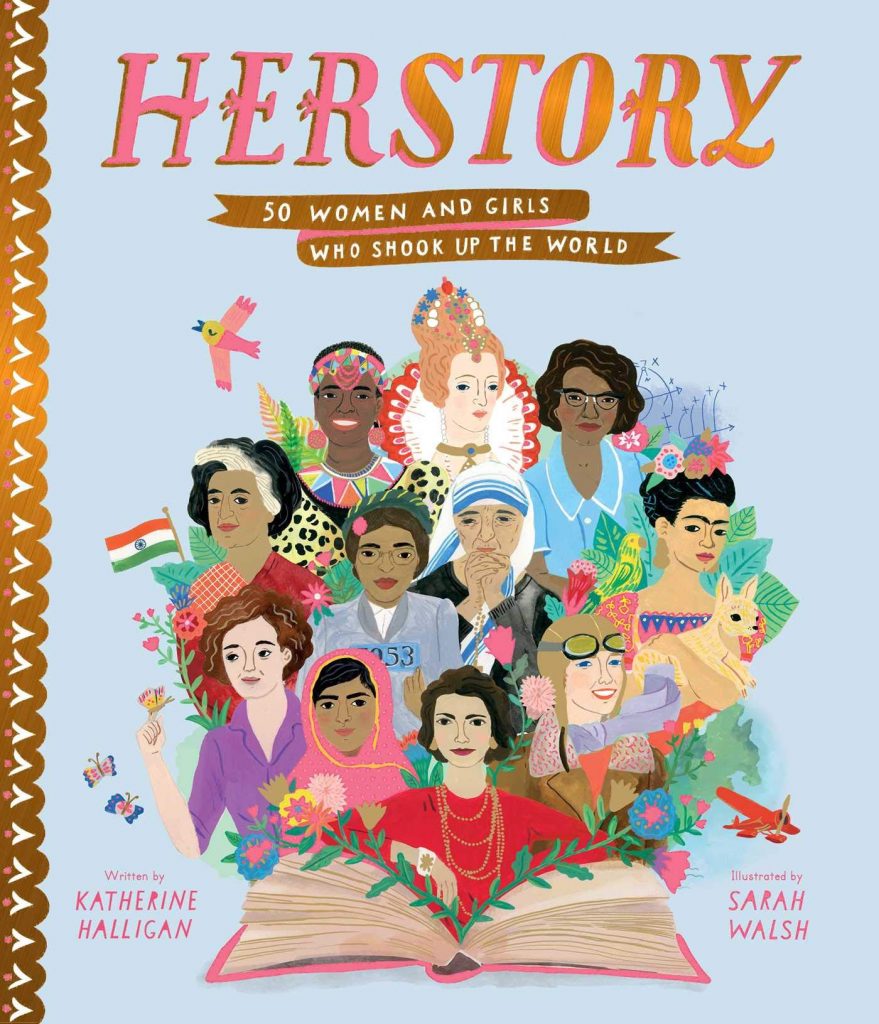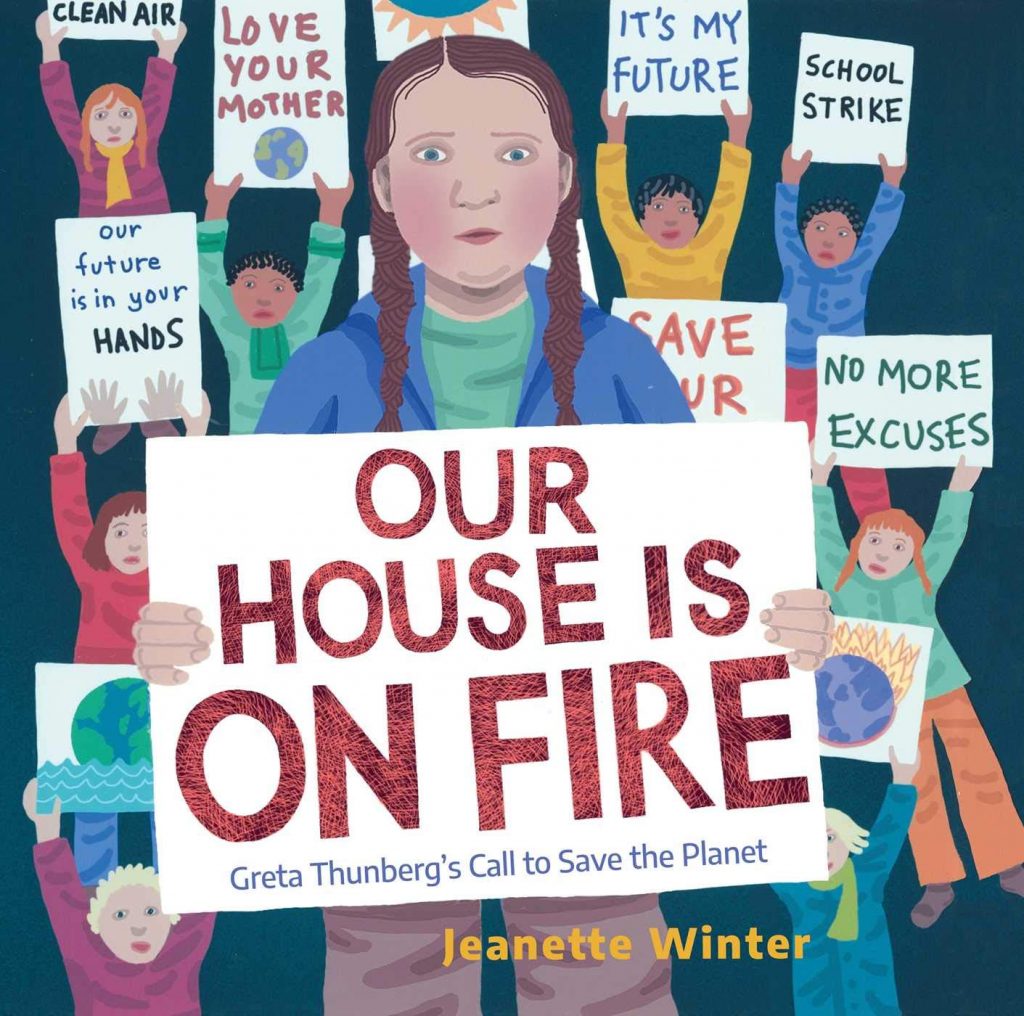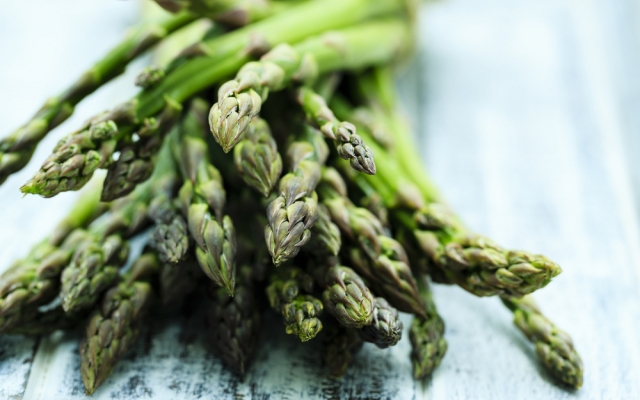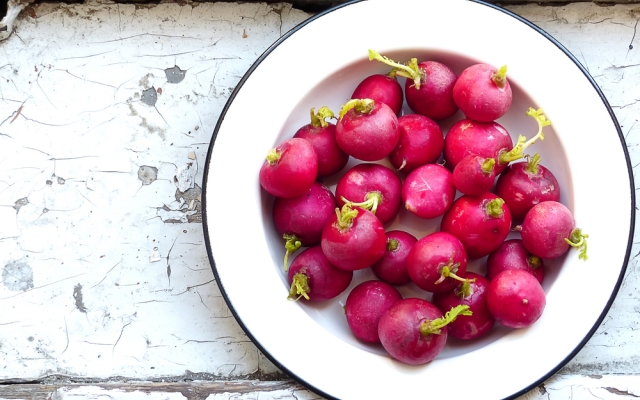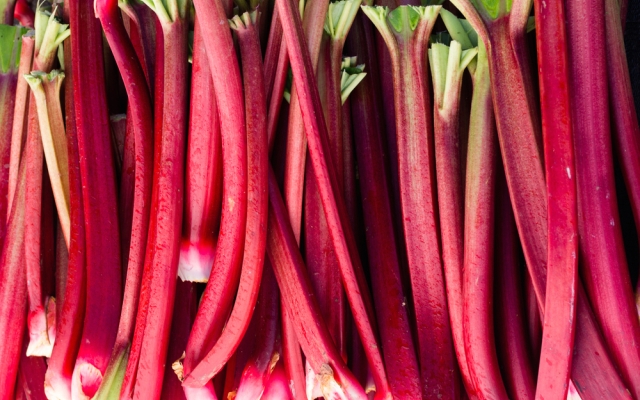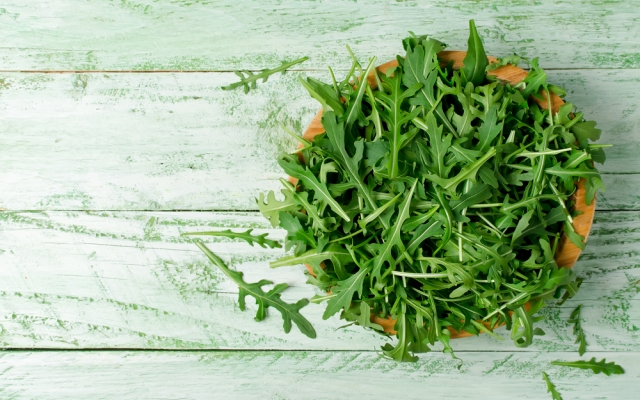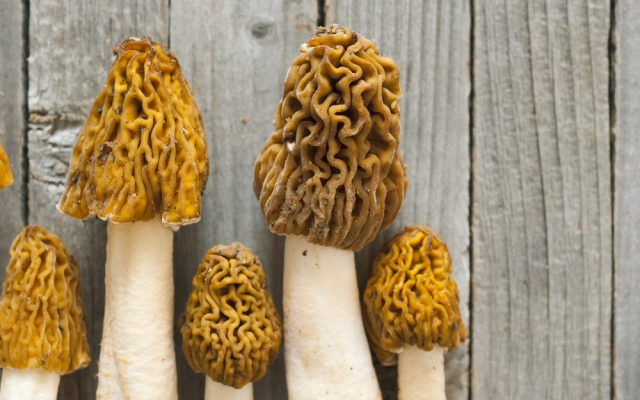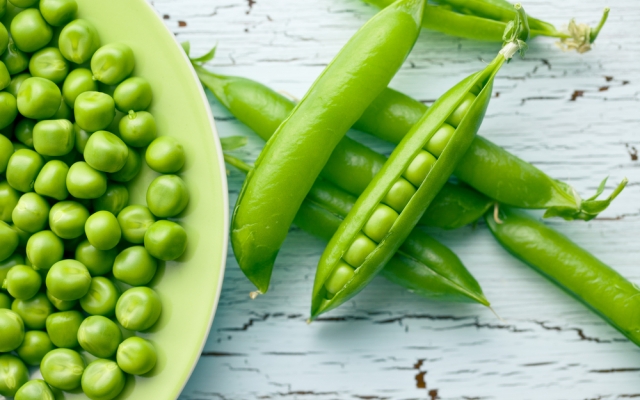It’s maple time! No matter how you feel about the cold, the maple season is the best part of the long, Canadian winter for many. And what’s not to love? The opening of the local sugar bushes and sugar shacks in Ottawa indicates that spring is just around the corner. Plus, the sweet maple syrup, maple candy, and other maple treats are hard to beat. Paired with many fun outdoor activities at local sugar bushes, it’s no wonder this is a popular annual tradition for many.
If you are excited for traditional maple experiences this year, many maple syrup producers and sugar shacks in Ottawa and the surrounding areas have been working hard to welcome families to enjoy outdoor visits, indoor dining, and maple bites during maple season.
Many of our local sugar bushes are happy to be welcoming visitors to their grounds, to explore and for meals. Most have hiking trails and outdoor areas open to visitors so you can make it a winter outing.
Here are some local maple syrup events and sugar shacks in Ottawa open for maple season:
Proulx Farm
A great choice for families in the east end (or anywhere if you want to take a drive), Proulx Farm is just 10 minutes east of Orleans. This year, tickets are once again required for their weekend visits (with a limited number sold). You’ll still be able to enjoy a pancake breakfast and maple taffy, then spend time walking around the farm to see the animals in the petting zoo, racing down their giant slide or strolling their trails. Visit the website for hours and reservation details.
Vanier MuseoPark
The maple trees received a reprieve this year and weren’t tapped, so once again the Vanier MuseoPark is taking their annual Sugar Festival virtual with various events taking place online from April 1st to 9th.
Stanley’s Maple Farm
Located about a half hour south of the Ottawa core, Stanley’s is a can’t-miss for their scrumptious food and beautiful outdoor space. They have updated their activities and while the pancake house is closed in 2022, there are still bites to eat around the site like mini donuts, deep fried pancakes, soup and maple baked beans. With your admission you can visit the animals, stroll the walking trails and enjoy more family fun activities. These activities are only available on weekends but no reservations are required.
Parc Omega
We love Parc Omega’ unique sugar shack. As you drive through Parc Omega to see the animals and feed them, make a stop along the way and walk (or snowshoe) to the maple sugar shack for some maple treats. Enjoy the skating rink when conditions allow (bring your own skates and helmets!) or participate in one of their many other winter activities (while also making time to see your animal friends of course!)
Temple’s Sugar Bush
Before enjoying your meal, take a leisurely stroll through the Temple’s Sugar Bush nature trail (it will take you about 15 or 20 minutes). However, you won’t want to miss their delicious food from the restaurant. Indoor dining has returned this year Wednesdays through Sundays (although there is no buffet, you can select your meal from their pancake menu). You’ll find more information about their menu and hours on their website.
Fulton’s Pancake House and Sugar Bush
Like other sugar bushes, Fulton’s has adapted and will welcome visitors to their stunning trails (to hike, snowshoe, or ski), which you can access with a site pass and of course their maple menu. While the restaurant remains closed, there are still other ways to get your fill of maple goodness. Their gift shop is a treasure trove of unique maple-themed products so you can leave with even more maple items.
Wheelers Pancake House
If you are craving pancakes (and who isn’t?) Wheelers is a great place to eat. They are currently open Tuesdays through Sundays for indoor dining by reservation only. After, play on the swings, take a stroller-friendly walk in the woods and visit the Maple Heritage Museum.
Sand Road Maple Farm
Located east of Ottawa (in Moosecreek) is the Sand Road Maple Farm. Enjoy a full pancake breakfast before wandering the trails. The restaurant days and hours are changing frequently (currently they are only open on weekends) and it’s first come first served (unless you are planning to go with a large group, then reservations are requested.)





